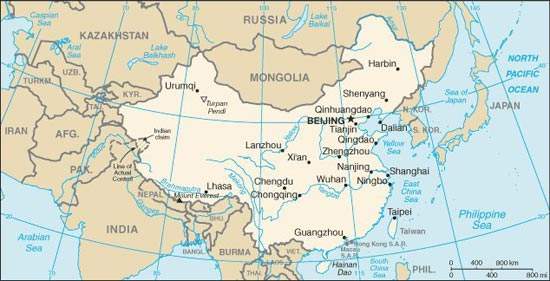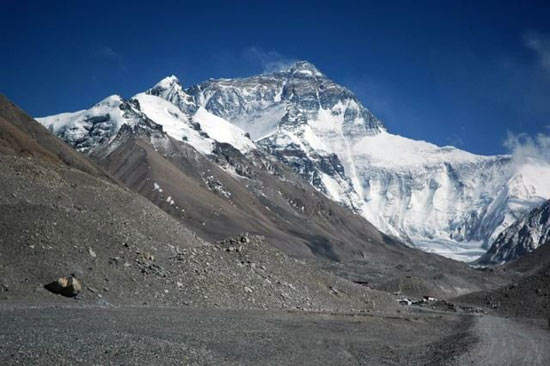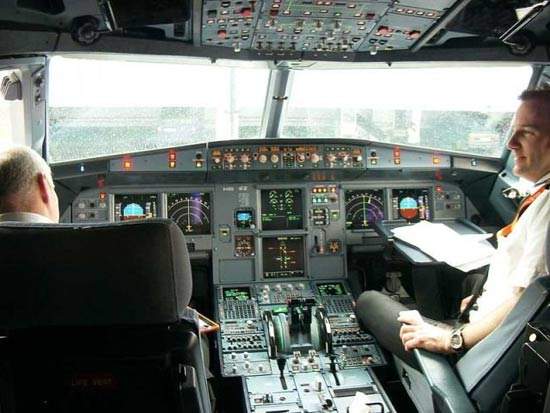Since being the host country for the 2008 Beijing Olympic Games, China has promoted itself more and more as a tourist destination. Although most tourists find that they are confined to visiting only the major attractions more of the country is opening up all the time and China seems more and more comfortable with flaunting the contrast in countryside it has to offer.
As part of the development of an easier and more integrated transport system China has embraced air transport for cargo and passengers and more and more airports are being built and opened.
One of the latest projects is Kangding Airport in the Tibetan Autonomous Area of Sichuan Province, which has been built in the Tibetan highland region of western Sichuan on Zheduo Mountain, near the Gongga mountain range. This is a wild area near the Tibetan border and has had little use for tourism and as such is rugged and unspoilt. Travelling in the area is notoriously difficult as is the transportation of goods.
The area, which is situated between two tributaries of the Yangtze River, namely the Dadu and Yalong Rivers, is rich in many valuable minerals.The airport has been constructed in this location to exploit the naturally available resources.
The airport is situated on a site that is 38km from the capital of the province, Kangding City (also known as the 'tea and horse exchange centre'), which is itself a seven hours drive from the main centre Chengdu City. The airport cuts the journey time to Chengdu City down to around 35 minutes.
Kangding project
Although the airport was planned in detail in 1993 by the Provincial Government construction was started only in September 2006 (some site preparation work was carried out in 2005). The planning and site selection process had to be approved by the NDRC (the National Development and Reform Commission).
The airport is the second highest airport in the world at 4,280m (14,040ft) above sea level (the highest being Qamdo Bangda Airport, also in Tibet, at 4,334m above sea level, which also has one of the world's longest runways (14/32) at 5,500m.) and also the highest tourist handling airport in the world.
Aircraft expected to take off and land at high altitude need to carry extra fuel and their engines need to be adjusted to take off in the thin air and more importantly they need extra long runways to allow time to build up sufficient speed.
The runway at Kangding is just 4,000m long and although it is long enough for any larger aircraft at sea level the planes that will use Kangding will be limited to medium sized combination passenger / cargo aircraft such as the Airbus Industries A319-100 and the similar sized Boeing 737-700 series.
Airport construction
The airport cost around one billion Yuan to construct, which is approximately $125m. The company responsible for the construction was a Chinese firm called Zhongnan Airports Construction Corporation.
Fan Yongzheng, general manager of the Kangding Airport Company (the operating company) commented of the airport: "Its location is deep in the sprawling mountains in western Sichuan and because of its high-altitude workers will have to tackle a range of problems such as frozen earth."
The airport began commercial services on 22 October 2008 although some test flights were run by Air China Southwestern Company using an Airbus A319 in October 2007 with great success.
These flights marked the first ever civilian flights to the area.
The airport terminal, which is a small but serviceable building, has been designed to handle 330,000 passengers a year and also, and in some ways more importantly 1,980t of cargo and mail a year for the indigenous population.












